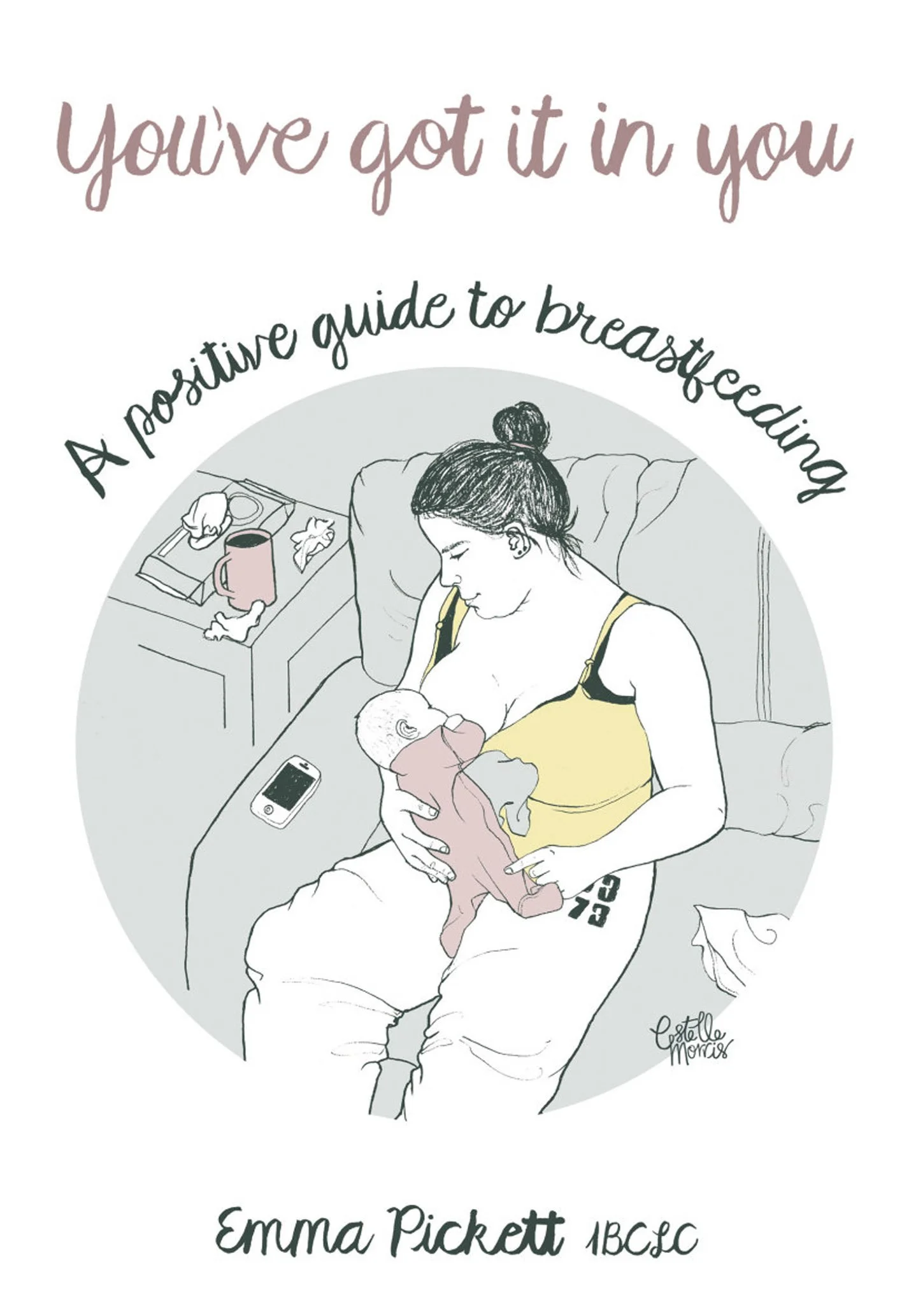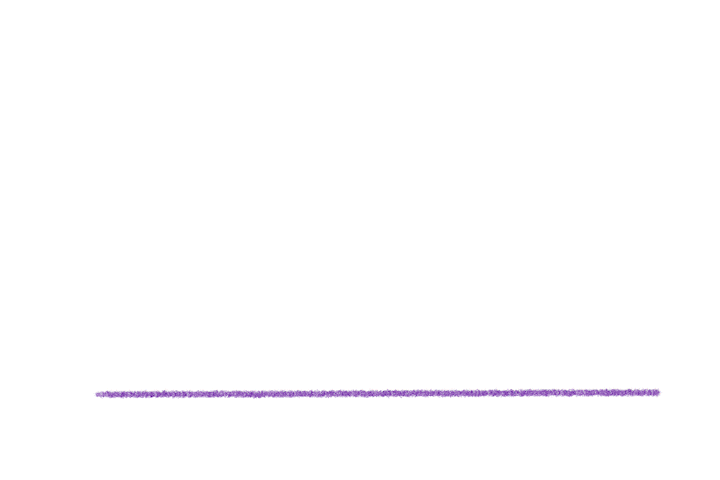Beyond my blog, I have written five books covering the range of breastfeeding experience.
My NEW book, The Story of Jessie's Milkies, is OUT NOW.
Published books
OUT NOW
-
For: Parents and their children.
Breastfeeding ends differently for every family. This is an engaging and empowering book that explores possible endings to nursing, to help you and your child navigate the end of your breastfeeding relationship.In Jessie's story, we explore three weaning journeys: parent-led weaning, self-weaning and a tandem feeding story. This book is a support for mothers and parents who are looking to stop breastfeeding or put in boundaries. It helps families to make changes in emotionally supportive and authentic ways.
Jessie is a three-year-old who is an enthusiastic nurser and loves breastfeeding. We explore how breastfeeding can end in different scenarios. In one story ending, Jessie's mum is pregnant and Jessie will share his milk with the new baby. In another, Jessie's mama is getting tired, and it's time to say goodbye to milkies. In the last, we show a self-weaning journey, as Jessie's attachment to breastfeeding gradually fades. Throughout, emotions are discussed honestly and compassionately. A joyful and loving picture book to support you on your weaning from breastfeeding journey.
-
The Children's Bookshop, Muswell Hill (UK only)
IngramSpark: Wholesale availability. Bookshops and libraries can order individual copies through IngramSpark.
-
For: Professionals, supporters and parents
This comprehensive and accessible guide provides birth workers and lactation professionals with the skills to help families navigate the emotional and physical challenges of weaning. Using a compassionate, person-centred approach that prioritises the needs of both mother and child, this pioneering resource details the emotional impact of weaning and offers practical guidance and expert advice suitable for professionals and parents alike in order to facilitate complex decision-making processes and set healthy boundaries.Enriched with the voices of parents talking about their individual weaning experiences, this is a much-needed, empathetic approach to the complex journey of weaning.
-
-
For: Professionals and parents
This evidence-based guide for professionals covers essential information to help support parents breastfeeding past the first six months, including starting solids alongside breastfeeding, nursing manners, and common problems and challenges.
The recommendation of breastfeeding beyond six months is well-established, but many birth professionals don't feel confident enough to support parents. This book, packed with case studies of real-life parents and practical tips, helps to educate healthcare professionals - as well as parents themselves - to feel better informed. Each chapter combines professional, research-led evidence with a parent-focused resource section for a fully integrative approach.
Centring families and their personal journeys, this book is an invaluable guide for all lactation consultants, birthing professionals, healthcare workers and parents. -
-
For: pre-teens and teenagers
This book tells you all about breasts and helps you to feel confident about their arrival. They are much more than just a pair of bumps that can fit into a bra. Breasts can do amazing things that scientists are only beginning to understand.
This book says, 'Woo Hoo!' and 'Wow!' and 'Isn't that amazing?' It says, 'Congratulations!' and also says, 'I know this feels a bit weird too.' Your body has looked the same for a long time and now things are changing. That can take some getting used to.
Let's get to know more about our two lifelong buddies with the WHEN, HOW and WHY of breasts.
Message for parents/carers:
There are lots of books about growing-up and puberty. This one is a bit different. It's not trying to cover the multitude of different topics that some do but just one (or should that be two?).
For many women in the UK, the first time they reflect on what their breasts were created for is in the few months between discovering they are pregnant and when the baby is born. We spend a lifetime considering breasts as either to do with sexual attraction, or not a subject to discuss at all. Then suddenly, when preparing for motherhood, women are bombarded with information and told to rethink all their previous assumptions about breasts.
Aside from a discussion on breastfeeding, it's a chance to talk about some other issues. How do breasts arrive? Is it OK if I don t look like my friend? Why do people buy bras and when? How do women feel about having breasts? How can social media and advertising impact on how we feel about our bodies?
Our girls will be growing up in a world full of selfies and videos and Snapchat and online discussions that make old-fashioned worries about magazine covers and billboard advertising pale in comparison. Tween and early teen girls aren't too young to understand that they are in control of their images and that messages from others aren't always helpful. Understanding how the commercial world aims to push them around isn't a conversation that can start too young.
This book also contains the story of Jack who grew up having breasts but is trans and now identifies as a he. In the 21st century, it feels like we should be ready to hear his story at this age. However, this may be something you want to talk about with the owner of the book before they read this section on their own. Girls experience changes at different times and one 9 or 10-year-old can look very different from another. They may also be ready to look at the world in different ways at different ages. For some, this book will be right at around 10 years old, while for others it will be a better fit at around 12 or 13. -
-
For: expectant and new parents
This book aims to make you as well-prepared as possible. I would like you to breastfeed for as long as you want to and as happily as possible. I want you to feel supported.
You may be worried about breastfeeding and worried that it might ‘not work’. This is a common feeling when you live in a society where breastfeeding is often sabotaged by incorrect information, patchy support from a stretched health service and powerful messages from formula companies. But it’s not a feeling that is entirely logical. We are mammals. We get our name from the dangly milk-producing bits. It defines us.
Some of this new life with baby will be about flexibility, responsiveness and acceptance. If you are used to a world of schedules and decisions and goals, it may be a bit of a shock.
Learn about human biology before you think it sounds a bit too scary! Babies are the products of millions of years of evolution, and we are too; if we can just tap into our instincts and trust them a little bit.
Success comes when we tap into those instincts and when we know when to get help when our instincts aren’t answering all of our questions.
Can everyone who wants to breastfeed make it work? No. Not everyone may be able to exclusively breastfeed due to medical issues. Most of these people can give their baby breastmilk, though, which the book also covers. (And let’s not start this journey by imagining you’ll be someone who won’t make it...!) -
REVIEWS TAKEN FROM AMAZON
What People Are Saying
“I'm a NICU nurse, and am very interested in learning all I can to support mums breastfeeding and expressing for their sick or preterm baby. Having breastfed my own children with very few problems I particularly found the sections discussing problems and complications really helpful, as with very little personal experience of these this is where I often felt a little out of my depth… In brief, excellent, detailed and supportive.”
— Sally Gibson
“A brilliant book! Every girl needs to read this, every mother needs to read this and every woman needs to read this. And then every man needs to read this and every boy.
An understanding of how breasts work, how they are used, and how they are made.”
— Sarah March
“In a country like the UK where breastfeeding past 6 months is quite unusual, there is very little support out there for those that do find themselves continuing into toddlerhood and beyond. This is an incredibly comprehensive guide to breastfeeding past six months so health care professionals can improve their support and practice and so parents to feel normal. It encompasses all the scenarios and challenges a breastfeeding family may encounter. A fantastic resource”





